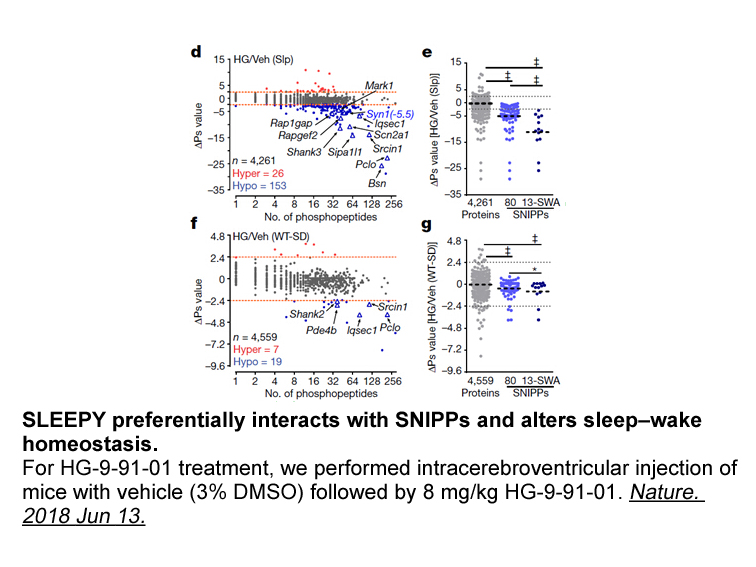Archives
N Cyclopentylmethyl analog exhibited fold less potent
N-Cyclopentylmethyl analog 25 exhibited 2.3-fold less potent receptor affinity and 1.6-fold less potent antagonist activity. Among the compounds tested, the N-isobutyl analog 23 showed the most potent EP1 receptor affinity and antagonist activity.
In summary, a series of 4-( 2-[alkyl(phenylsulfonyl)amino]phenoxy methyl)benzoic acids 21–23 were identified as new chemical leads for selective mEP1 receptor antagonists after optimization starting from the newly found chemical leads 3–4 (Table 1) that were derived from the initial chemical lead 1. During this process, the oxymethyl moiety and N-alkylsulfonamide moiety were found to be essential for both enhanced mEP1 receptor affinity and receptor antagonist activity. Further optimization will be reported in due course.
Experimental
Biological assay method
Introduction
Hepatocellular carcinoma is the fifth most common cancer and the third leading cause of cancer related mortality worldwide (Wu 2006). However, the exact molecular mechanisms involved in hepato-carcinogenesis remain unclear. Recently, COX-2, one isoform of cyclooxygenase (COX) (Chandrasekharan et al. 2002), has been proposed as an important cellular factor associated with carcinogenesis in hepatocellular carcinoma (Zhao et al. 2007). COX-2 is not constitutively expressed, but is induced in response to a variety of stimuli such as cytokines, mitogens, and growth factors. Thus, it is unsurprising that COX-2 is upregulated in various inflammatory diseases and human cancers (Smith and Langenbach, 2001, Zha et al., 2004). Overexpression of COX-2 is associated with increased proliferation of many cancer cells (Hussain et al., 2003, Wendum et al., 2004, Grossman et al., 2000), including colorectal cancer, prostate cancer, and A-54556A cancer.
Prostaglandin E2 (PGE2) is one of the predominant metabolic products of COX-2. Studies have demonstrated that PGE2 promotes tumor cell growth and invasion (Basu et al., 2005, Sandler and Dubinett, 2004, Mayoral et al., 2005). Further, exogenous PGE2 mimics the effects of COX-2 overexpression and selective inhibitors of COX-2 (e.g., celecoxib) suppress tumor cell growth and induce apoptosis.
PGE2 exerts its effects by coupling to 4 subtypes of the E prostanoid receptor (EP receptor). The signal transduction pathways of these EP subtypes have been well characterized. The EP2 and EP4 receptors couple to stimulatory G proteins and mediate induction of cellular cAMP production. The EP3 receptor consists of multiple isoforms generated by alternative splicing of the C-terminal tail. Functional differences have been identified between these splice variants, including coupling to different signal transduction pathways. The EP1 receptor regulates Ca2+ channel gating through an unidentified G protein (Sugimoto and Narumiya 2007).
Survivin is also implicated in the development of many cancers. Survivin is not present in most normal adult tissues, but both the survivin mRNA and the survivin protein are present in large amounts in fetal tissue and in most cancers (Shariat et al., 2007, Morinaga et al., 2004, Futakuchi et al., 2007). As a member of the inhibitor-of-apoptosis (IAP) family of proteins, survivin is generally believed to suppress apoptosis by binding to caspase-3 and caspase-7 in tumor cells. However, studies have demonstrated that survivin expression correlates strongly with the cell proliferation index, but not with the apoptosis index of hepatocellular carcinoma tissue (Fields et al. 2004). In 2000, Suzuki et al. (Suzuki et al., 2000, Ito et al., 2000) clarified a critical role of survivin when they determined that it interacts with cdk4 to promote cell proliferation in human hepatocellular carcinoma.
Previous studies from our laboratory have demonstrated that COX-2 and PGE2 promote hepatoma cell growth and invasion activity (Leng et al., 2003, Liu et al., 2005, Bai et al., 2009). Because survivin is known to promote cell proliferation in hepatocellular carcinomas (Fields et al., 2004, Ye et al., 2007, Ito et al., 2000), we tested the hypothesis that the PGE2 signaling pathway stimulates cell proliferation by regulating survivin expression in liver cancer. This study demonstrates that PGE2 greatly induces survivin expression by activating the EP1/EGFR/PI3K pathway in hepatocellular carcinoma cells.
have demonstrated that survivin expression correlates strongly with the cell proliferation index, but not with the apoptosis index of hepatocellular carcinoma tissue (Fields et al. 2004). In 2000, Suzuki et al. (Suzuki et al., 2000, Ito et al., 2000) clarified a critical role of survivin when they determined that it interacts with cdk4 to promote cell proliferation in human hepatocellular carcinoma.
Previous studies from our laboratory have demonstrated that COX-2 and PGE2 promote hepatoma cell growth and invasion activity (Leng et al., 2003, Liu et al., 2005, Bai et al., 2009). Because survivin is known to promote cell proliferation in hepatocellular carcinomas (Fields et al., 2004, Ye et al., 2007, Ito et al., 2000), we tested the hypothesis that the PGE2 signaling pathway stimulates cell proliferation by regulating survivin expression in liver cancer. This study demonstrates that PGE2 greatly induces survivin expression by activating the EP1/EGFR/PI3K pathway in hepatocellular carcinoma cells.